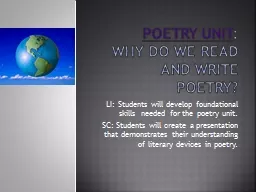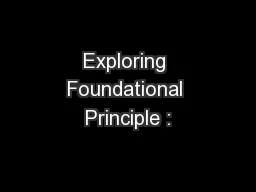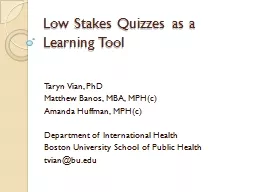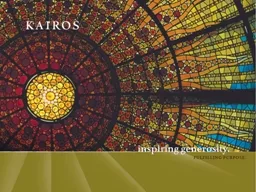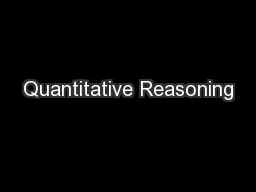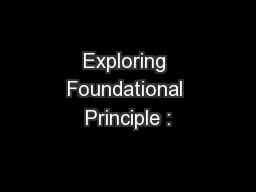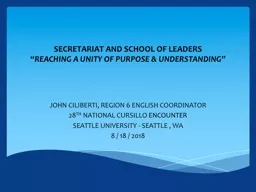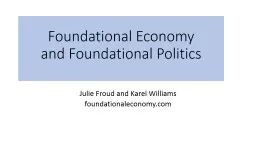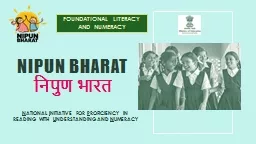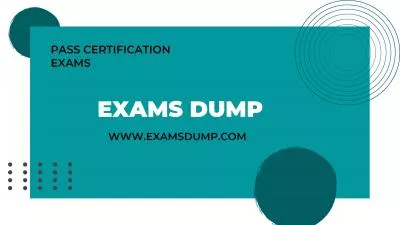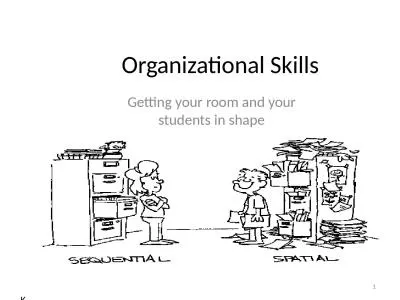PPT-LI: Students will develop foundational skills needed for t
Author : conchita-marotz | Published Date : 2016-07-18
SC Students will create a presentation that demonstrates their understanding of literary devices in poetry Poetry Unit Why do we read and write poetry Step 1 New
Presentation Embed Code
Download Presentation
Download Presentation The PPT/PDF document "LI: Students will develop foundational s..." is the property of its rightful owner. Permission is granted to download and print the materials on this website for personal, non-commercial use only, and to display it on your personal computer provided you do not modify the materials and that you retain all copyright notices contained in the materials. By downloading content from our website, you accept the terms of this agreement.
LI: Students will develop foundational skills needed for t: Transcript
Download Rules Of Document
"LI: Students will develop foundational skills needed for t"The content belongs to its owner. You may download and print it for personal use, without modification, and keep all copyright notices. By downloading, you agree to these terms.
Related Documents

